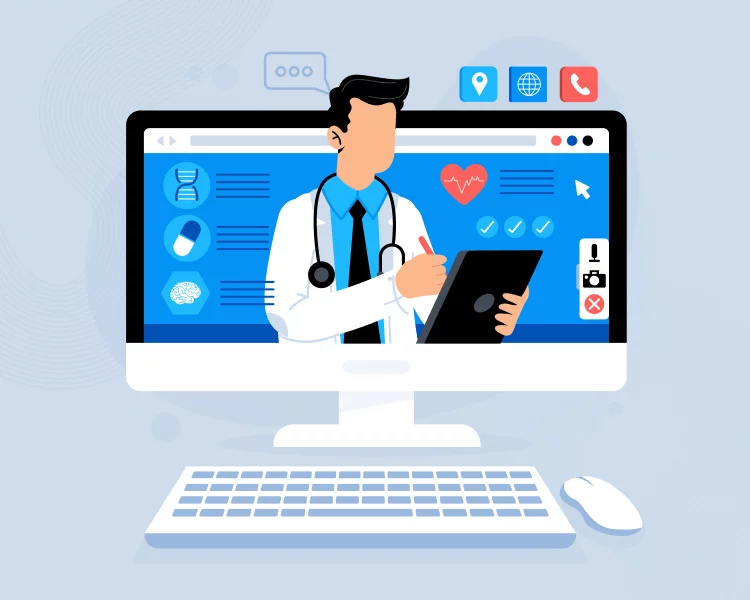
Health and Technology are a powerful combination, as they allow people to live healthier lives for longer. This sector is regulated by governments, which ensures safety and efficacy of new solutions.
For example, apps like FibriCheck can detect abnormal heart rhythms easily. Other examples include telemedicine platforms that allow patients to speak with physicians via video conferencing.
Artificial Intelligence
AI has the potential to transform global health outcomes by enabling faster, more precise diagnoses and improving treatment. It could also simplify the day-to-day lives of practitioners, allowing them to spend more time with patients and increase staff morale. Its responsible use, however, must be prioritized and paired with stringent privacy protections.
A key challenge is data interoperability: Interviewees and survey respondents stressed the importance of developing robust national databases that can be accessed by different stakeholders with appropriate safeguards. This requires digital skills and a mindset among healthcare professionals, as well as an education system that emphasizes innovation, entrepreneurship and multidisciplinary working. Meanwhile, AI applications can streamline procedures, automate functions, instantly share data and organize operations, freeing medical professionals to focus on delivering more effective and compassionate face-to-face professional care. AI is also transforming the way people monitor their health: for example, it’s being used in wearable devices to detect health issues and prevent illnesses.
In silico drug trials
In silico drug trials use computational methods to test medical products and drugs. This process can replace or supplement traditional laboratory experiments in order to save time and money. It also reduces the risk of human and animal experimentation. It can even reduce the number of trials required for a new product.
This method of testing is becoming more common in pharmacology. It is based on the concept of molecular docking and can be used to predict how a compound will interact with other molecules. This is an important step in identifying new drugs and repurposing existing ones.
Despite the growing popularity of this technology, there are still barriers to its widespread adoption in pharmacology. For one, it will take more time for regulators to understand the nuances of this method. In addition, it will require a greater understanding of the data being generated by these tools. This will help to avoid false positives and improve the accuracy of these models.
Digital twins
Digital twins can help healthcare providers improve their operations by reducing costs and improving performance. They can also help them make better-informed strategic decisions in a complex and sensitive environment. However, implementing a digital twin requires careful consideration and training. It is important to determine your business outcomes before starting a project, as well as establishing clear data governance and the proper security protocols.
Creating a digital twin of a patient can allow doctors to simulate different scenarios and determine the best treatment options. This technology could revolutionize medical practices by allowing doctors to test new drugs and devices on virtual patients before taking them into the real world.
This technology can also be used to create a virtual model of a human organ, allowing researchers to study its functions. For example, digital twins can be used to create a virtual heart model that can monitor a patient’s heart health and detect abnormalities. It can also help physicians plan surgeries and practise techniques in a virtual environment before executing them on patients, thereby minimizing surgical errors.
Wearable technology
Wearable technology is a massive industry that includes everything from smart watches to virtual and augmented reality. These devices collect data on a wide range of things, from how many steps you take to your heart rate. They can also help you make better health decisions. But to do that, they need access to big data.
For example, some devices use a combination of artificial intelligence and sensor technology to predict if you’ll get a cold or flu. Others track your sleep patterns and monitor your heart rate. They’re also being used to track your blood pressure and blood glucose.
Researchers have found that these devices can help people make healthier lifestyle choices and improve their quality of life. But they’re still evolving. For instance, Facebook is working on a brain-computer interface that could enable users to type status updates using their thoughts alone. It would be useful for patients with traumatic brain injuries. In addition, it could be used to identify PTSD symptoms in soldiers returning from war.